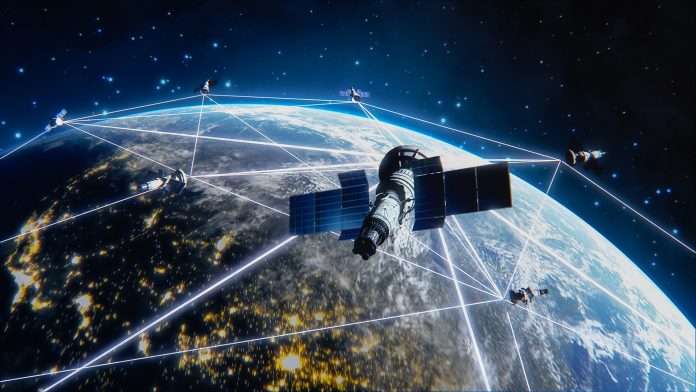The Blue Walker 3 satellite, which has been in orbit for a year, has successfully made its first 5G connection.
It made its first 5G connection via a phone call to an ordinary smartphone in a cellular dead zone.
The mobile user, located in Hawaii, was able to speak with another engineer in Spain via the satellite’s connection for almost two minutes.
“Once again, we have achieved a significant technological advancement that represents a paradigm shift in access to information,” commented Abel Avellan, CEO of Blue Walker 3’s founder, AST SpaceMobile.
Advancing 5G connectivity in space
Further tests of Blue Walker 3 showed it could achieve download speeds of 14 megabits per second.
Satellites with speeds like this will enable more than just phone calls. They’ll potentially enable faster internet browsing, file downloads, streaming video applications, and more.
Avellan said: “Since the launch of Blue Walker 3, we have achieved full compatibility with phones made by all major manufacturers and support for 2G, 4G LTE, and now 5G connection.”
The advancement is part of wider plans to establish more advanced satellites in space.
A total of 100 similar satellites are set to be constructed, which will be larger and more capable of making an advanced 5G connection.
Several major players in the space sector are now harnessing Low Earth Orbit (LEO) satellites to deliver an affordable 5G connection service over a wide area.
The satellites could eventually observe more of Earth’s surface
Operating in Low Earth Orbit presents some challenges for enabling ubiquitous 5G connectivity.
LEO enables transmission from standard cellular radios; however, its range is low, which limits the amount of the globe they can see.
Geosynchronous satellites, however, orbit much further out and can address a much higher percentage of the Earth’s surface. This means they could support more devices and enable a better 5G connection.
There are many satellites currently in geosynchronous orbits. For example, satellite images of weather maps seen on news channels come from them.
NASA also uses geosynchronous satellites to send communications and data back and forth between spacecraft, such as the Space Shuttle and the Hubble Space Telescope, and control centres on Earth.
It may take around ten years for the space sector to fully develop Geosynchronous satellites for 5G connectivity.
Commenting on the potential of future 5G connectivity, Brian Lavallée, Senior Director of Ciena, explained: “It will eventually be possible to have seamless connectivity. If it’s in a coverage area, a mobile phone will use a tower, which is the standard practice.
“However, once it moves out of a coverage area, a mobile phone will start bouncing off a satellite.”









